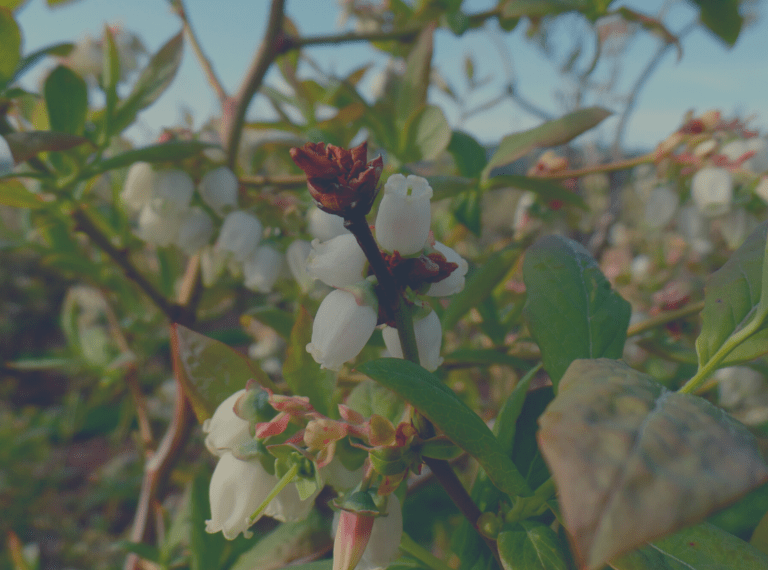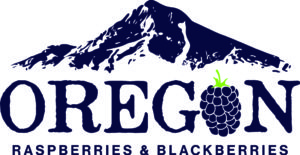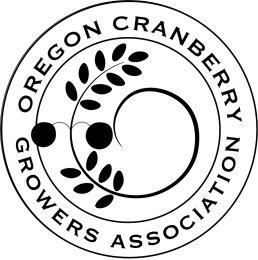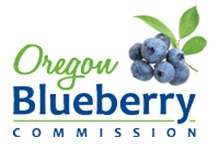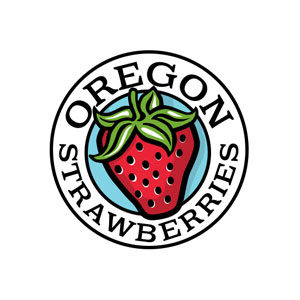Systematic evaluation of sulfur use for management of grape powdery mildew
- Research Status: Project completed 2016
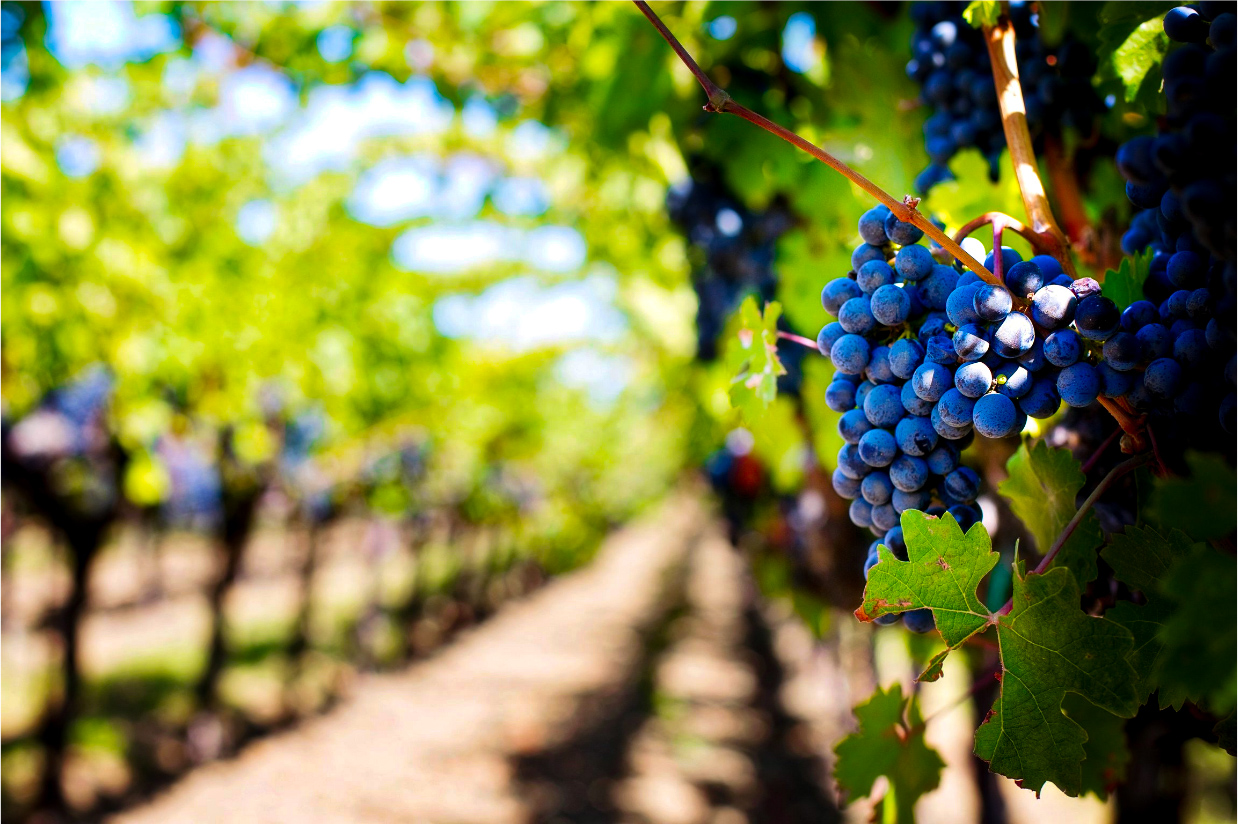

Walter Mahaffee



Powdery mildew is a fungal disease that can affect a variety of crops, but it is the most significant disease in terms of expenses for control and losses in quality and yield faced by grape growers worldwide. Sulfur continues to be one of the most used fungicides in viticulture for the management of grape powdery mildew (GPM, causal agent Erysiphe necator)and one of the only products for use in organic production, for which demand is increasing by producers and consumers.
However, the extensive use of sulfur has been associated with increased mite and insect problems and is thought to encourage hydrogen sulfide formation during fermentation or wine aging. Efficacy data from other crops and anecdotal evidence from within viticulture indicates that the sulfur rates and application methods employed in viticulture may be excessive. Furthermore, current research indicates that early season applications may not be needed, depending on the environmental conditions and disease pressure. Field and laboratory experiments were conducted to examine a range of sulfur rates for the management of grape powdery mildew. Growth chamber experiments examined the effects of rate (0, 2, 4, 6, and 8 lbs/100 gal sulfur equivalent concentrations) and duration (plants and glass slides inoculated 0, 6, 10, 14, and 21 days after sulfur application) on disease development at a constant 20˚C; as well as the effect of rate, duration, proximity, and temperature (10, 20, and 30˚C) on conidia germination.
Leaf disease severity assessments indicated that sulfur rates of greater than 2 lbs/100 gal (i.e.0.8 to 1.6lbs/A) would provide sufficient disease protection out to 21 days after application. Conidia germination was significantly reduced at distances less than 15mm from sulfur residues at all rates, temperatures, and durations. Field trials indicated that all sulfur treatments significantly reduced foliar disease development compared to the water control .Assessment of fruit infection indicated that rates above 4lbs sulfur/100gal (i.e. 1.6 to 3.2 lbs/A) did not result in improved disease control. These data indicate that sulfur rates can be reduced without compromising disease control.


